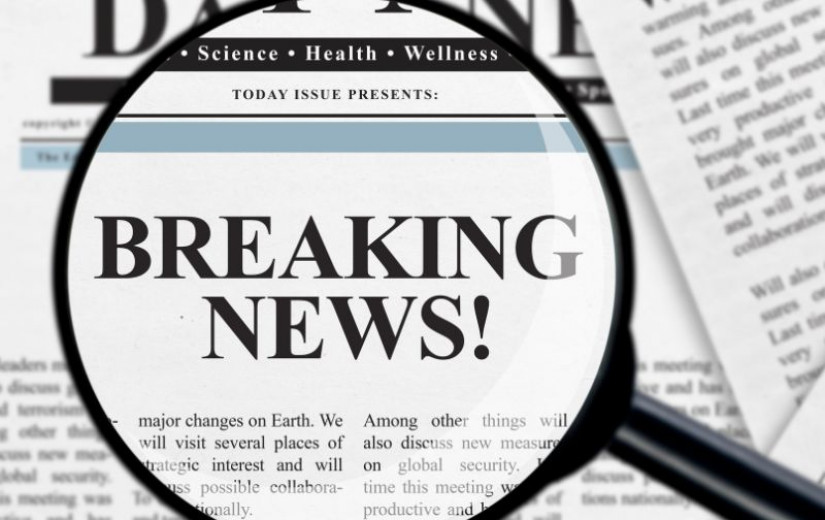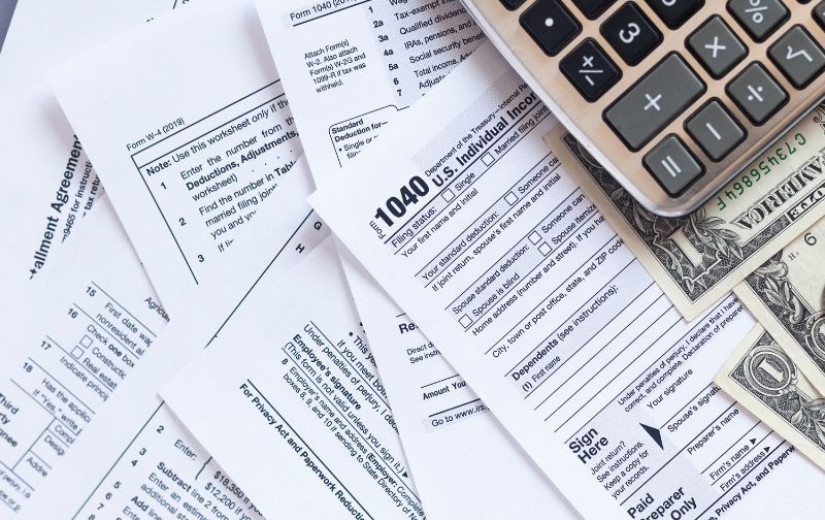
In 2025, standing out online isn’t just helpful—it’s essential. Imagine a driver stranded on the highway, frantically searching for “tow truck near me.” If your business doesn’t appear in those top search results, you’re missing critical opportunities. That’s where modern SEO tactics come into play, especially for service-based industries like yours.
Gone are the days when a basic website and a phonebook ad were enough. Today, search engines prioritize trust and authority. Think of quality backlinks as digital endorsements—they signal to Google that your towing operation is reliable. The more credible sites referencing yours, the higher you’ll rank when customers need help fast.
But let’s be real: the digital landscape is crowded. Traditional marketing methods often fall short because they don’t address how algorithms work. For example, outdated practices like buying links can actually hurt your visibility. I’ve seen how strategies tailored to 2025’s challenges transform local companies into go-to heroes during emergencies.
This isn’t just about ranking higher—it’s about being the first name people see when stress levels are high. By focusing on ethical, effective SEO, you’ll turn random searches into consistent calls. Ready to learn how?
Highlights
- Quality backlinks act like trusted recommendations, boosting your search engine credibility.
- Outdated tactics, such as purchasing links, can damage your online reputation.
- Modern SEO requires adapting to 2025’s algorithm changes and user behaviors.
- Local visibility during urgent searches directly impacts emergency service requests.
- Partnering with SEO experts ensures strategies align with current best practices.
Introduction to Digital Marketing for Towing Companies
Navigating digital marketing in 2025 requires fresh approaches for businesses assisting drivers in crisis. Over half of all searches for roadside help now happen via smartphones—often from highways or dimly lit parking lots. This urgency changes how you connect with customers.
Overview of the Modern SEO Landscape
Gone are the days when stuffing your website with keywords guaranteed visibility. Search engines now prioritize user experience, loading speed, and genuine expertise. For example, a driver searching “flat tire repair near me” expects instant, accurate results—not generic lists.
Algorithms also assess local relevance. If your towing service lacks updated business hours or clear contact details, you’ll lose rankings to competitors who do. This shift rewards businesses that align with search engine marketing best practices.
Why 2025 Demands Updated Strategies
This year, search engines heavily weigh community trust. A tow truck company with authentic reviews and local partnerships outranks those relying on outdated ads. Why? Google’s updates now favor businesses demonstrating real-world reliability during emergencies.
Traditional methods like Yellow Pages? They account for less than 10% of customer discoveries. Meanwhile, mobile-optimized sites and same-day response times dominate. Adapting isn’t optional—it’s how you become the first solution frantic drivers find.
Understanding the Towing SEO Landscape
When drivers face blown tires or dead batteries, they don’t browse—they panic-click. Your towing business must cut through digital noise instantly. Unlike restaurants or salons, your services compete in high-pressure moments where every second impacts search results rankings.
Key Challenges in the Towing Industry
You’re not just competing locally—you’re battling for immediate visibility when seconds count. Let’s break down what makes SEO for roadside assistance uniquely demanding:
| Challenge | Towing Industry | Other Service Businesses |
| Customer Mindset | Emergency-driven decisions | Leisure/research-based choices |
| Competition Type | Hyperlocal (“near me” searches) | Regional or national |
| Review Impact | 1 negative review = 30% fewer calls* | Gradual reputation effects |
*Based on 2024 automotive service surveys
Seasonal spikes add another layer. Winter storms or summer road trips create sudden demand surges. Your content must anticipate these patterns—like optimizing for “snow chain installation” before forecasts hit.
Trust is currency here. A driver stranded at midnight won’t vet ten companies. They’ll choose whoever radiates reliability in search results. That’s why showcasing 24/7 availability and response times matters more than polished sales pitches.
Local SEO and Google My Business Optimization
Optimizing for local search isn’t just about being found—it’s about being the first choice in emergencies. When drivers need immediate help, they’re not scrolling through pages. They click the top business that looks ready to respond.
Optimizing Your Business Profile
Your Google My Business (GMB) profile acts as a 24/7 digital storefront. Verified profiles get twice as many calls as unverified ones, according to recent surveys. Start by ensuring your name, address, and phone number (NAP) match across all platforms.
Add photos of your towing trucks in action. Update service hours during holidays or storms. Respond to reviews within 24 hours—this shows customers you’re attentive, even during chaos.
Leveraging Local Citations for Visibility
Local citations—mentions of your business on directories like Yelp—boost your visibility. Inconsistent NAP info confuses both search engines and drivers. Claim profiles on at least 10 major platforms, focusing on your service area.
For example, a well-maintained Yellow Pages listing reinforces trust. Pair this with effective SEO tactics used in other service industries, and you’ll dominate local listings. Consistency turns frantic searches into steady call volume.
Mobile Optimization and User Experience
Your next customer is likely squinting at a cracked phone screen on the highway shoulder. Over 50% of emergency towing searches happen via mobile devices, according to Statista. If your website isn’t tailored for these high-stress moments, you’re handing competitors your business.
Responsive Design Essentials
A responsive site adapts like a multitasking dispatcher. It rearranges content based on screen size, ensuring buttons stay thumb-friendly and contact forms load without zooming. Consider these critical elements:
| Feature | Mobile-Optimized Site | Non-Optimized Site |
| Image Loading Speed | Under 2 seconds | 5+ seconds |
| Button Size | 48px minimum | Hard-to-tap links |
| Contact Visibility | Top 10% of screen | Buried in menus |
Drivers won’t fight pinching screens to find your number. Use flexible grids and CSS media queries to auto-adjust layouts. Test across devices—tablets, older Androids, iPhones—to catch rendering issues.
Fast Loading and Intuitive Navigation
Every second counts when someone’s stranded. Pages taking over 3 seconds to load lose 40% of customers, per Google data. Compress images using tools like TinyPNG, and minimize redirects choking load times.
Prioritize a “Get Help Now” button over lengthy service descriptions. Integrate GPS detection to auto-fill locations—no typing required. Stressful situations demand frictionless paths to your dispatch line.
Search engines reward websites that keep users engaged. A streamlined mobile experience doesn’t just satisfy frantic drivers—it tells Google your site deserves top placement when lives depend on quick answers.
Content Marketing and Keyword Strategy
When panic sets in during a breakdown, helpful content becomes your silent salesperson. Imagine a driver searching “how to jumpstart a car at night” – your guide could position your towing service as their first call. Businesses publishing regular blogs see 55% more website traffic, according to HubSpot. This isn’t about selling; it’s about solving problems when stress peaks.
Creating Content That Converts
Emergency-ready content answers questions before they’re asked. Compare these approaches:
| Element | Emergency-Ready Content | Generic Posts |
| Keyword Focus | “Car overheating symptoms” | “Our services” |
| User Intent | Immediate solutions | General information |
| Conversion Elements | Embedded contact widget | Standard footer link |
Seasonal guides like “Winter tire safety checks” build year-round relevance. Pair actionable tips with subtle service mentions – “If chains won’t fit, our 24/7 team can tow you safely.”
Mastering Search Behavior Analysis
Google’s auto-complete reveals real-time concerns. Typing “why did my car” might suggest “…make a grinding noise?” Address these in your content. Tools like AnswerThePublic uncover hidden phrases drivers use during crises.
Balance informational keywords (“signs of transmission failure”) with local terms (“Miami roadside assistance”). This dual focus helps search engines connect urgent needs to your expertise.
Reputation Management Through Online Reviews
Did you know 87% of drivers check reviews before calling a towing service? That’s nearly 9 out of 10 potential customers judging your business based on what others say. In crisis moments, reviews act as instant trust signals—they’re the digital equivalent of a neighbor vouching for your reliability.
Collecting and Showcasing Positive Feedback
Turn satisfied clients into your best marketers. After a successful job, send a text or email requesting feedback. Make it effortless: “How did we do? Tap here to share your experience.” This approach generates 3x more reviews than generic requests.
| Effective Strategy | Ineffective Approach |
| Automated post-service review requests | Passive website review section |
| Showcasing testimonials on service pages | Burying reviews in footer links |
| Embedding star ratings in Google My Business | Ignoring review platform profiles |
Display top reviews where they matter most—near your contact form or 24/7 hotline. A single “They arrived in 15 minutes!” testimonial can outweigh hours of sales pitches.
Responding Constructively to Negative Reviews
One poorly handled complaint can cost 30% of potential customers. But here’s the twist: a thoughtful response often improves trust more than flawless ratings. Address concerns publicly with empathy: “We’re sorry your wait felt long—let’s discuss how we can improve.”
Create response templates that maintain your voice while allowing customization. For example:
- Apologize: “We regret falling short of your expectations.”
- Solve: “Our team will contact you to resolve this.”
- Invite: “Call our manager directly at [number].”
Consistently managing feedback doesn’t just please customers—it tells search engines your services merit higher visibility. Over time, this compounds into better rankings and more emergency calls.
Link Building Strategies for Towing Companies
What separates thriving roadside assistance providers from those stuck on page two? It’s not flashy ads—it’s the digital endorsements your service earns. Think of these endorsements as trusted referrals from industry leaders, local organizations, and satisfied clients.
Why Credibility Matters in Search Results
Search engines treat backlinks like peer recommendations. A recent Backlinko study found websites with diverse referring domains rank 37% higher than competitors. For emergency services, this means partnering with auto repair blogs or community safety sites boosts your visibility during critical moments.
Consider this comparison:
| High-Value Source | Low-Value Source |
| Local news feature on winter safety | Generic directory with 1,000 listings |
| Auto forum discussing battery issues | Irrelevant travel blog |
Smart Keyword Integration in Partnerships
When collaborating with complementary businesses, weave your expertise into content naturally. Instead of forcing “24/7 towing,” opt for phrases like “trusted roadside assistance.” This approach aligns with how drivers describe urgent needs.
Focus on platforms your customers frequent:
- Local news outlets covering traffic updates
- Parent blogs discussing car seat safety during breakdowns
- Insurance websites explaining coverage options
Earning high-authority PR backlinks positions your service as a leader. One featured article in a regional publication can drive more qualified leads than months of paid ads. Remember—every genuine partnership strengthens your standing in search rankings while building community trust.
Creating Powerful Backlinks & Local Citations
Strategic content collaborations fuel both search rankings and customer trust in critical moments. Imagine your website becoming the go-to resource for drivers seeking roadside safety insights—this is how you earn digital credibility that converts.
Smart Partnerships for Lasting Impact
Guest blogging on automotive forums or local business platforms positions you as an expert. Share actionable advice like “How to Handle Overheating Engines,” and watch authoritative sites reference your content. These endorsements work like 24/7 referrals, boosting your presence when drivers search urgently.
Infographics simplify complex topics—think “Top 5 Winter Breakdown Causes.” Upload them to Pinterest or industry blogs. Visual data gets shared 3x more than text, creating natural backlinks from relevant sources.
Directory listings do double duty. Platforms like Yelp not only provide links but connect you directly with stranded motorists. Update profiles weekly—accurate details matter most during crises.
Repurpose existing guides into podcasts or videos. A 2-minute “Emergency Kit Checklist” video can earn mentions from safety blogs. For expert tactics, explore advanced SEO approaches that align with 2025’s algorithm priorities.
Finally, sponsor local events or safety workshops. Media coverage from these efforts often leads to high-value backlinks while strengthening community ties. Every collaboration reinforces your role as the reliable choice—online and on the roadside.
FAQ
How does Google My Business impact my towing company’s visibility?
A fully optimized Google My Business profile boosts local search rankings by displaying critical details like hours, services, and customer reviews directly in search results. It’s essential for attracting nearby customers searching for emergency towing or roadside assistance.
Why should my towing website prioritize mobile optimization?
Over 60% of searches for towing services happen on mobile devices. A responsive design ensures fast loading speeds and easy navigation, which improves user experience and helps your site rank higher on search engines like Google.
What types of content work best for attracting new customers?
Blog posts addressing common roadside issues (e.g., “How to Jump-Start a Car”), service area guides, and video tutorials establish expertise. Pair these with keywords like “24/7 towing near me” to align with what customers search for.
How do online reviews affect my towing company’s reputation?
Positive reviews on platforms like Yelp or Google build trust and influence local rankings. Responding professionally to negative feedback shows accountability, which can turn dissatisfied clients into loyal customers.
What’s the most effective way to earn quality backlinks?
Partner with local automotive blogs, sponsor community events, or create shareable resources like winter driving safety checklists. High-authority sites linking to yours signal credibility to search engines, improving rankings for terms like “reliable towing services.”
Can paid ads like Google Ads complement my SEO efforts?
Absolutely. Targeted ads for keywords like “emergency tow truck” provide immediate visibility while organic strategies develop. Use geo-targeting to focus on your service area and track conversions to refine campaigns.

Link Building & Outreach Expert
Elena doesn't just build links; she builds authority that hits hard. With a sharp eye for strategic alliances and a no-fluff approach, she drives sustainable results that cut through industry noise and leave a mark.









